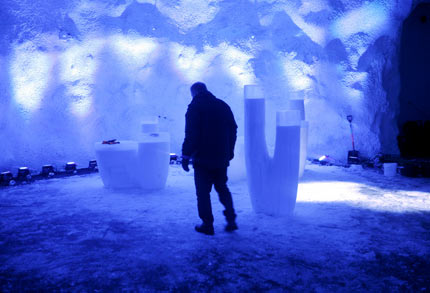Live Smart | home
Cell Phone Emergency Uses You did not know you could do | Make your own Paint | Mold How to Clear out and it's implications on your health | 62 ways you can do your part to stop global warming | Government Officials and their voting trends on Enviromental Issues | Ethical BioDiesel that won't cause Famine | Outer Space | Choosing a Low Flow Toilet | Government Run Opt Out Lists: | Solar Water Heating System Saves $ | Preserve Navajo Four Corners | Bee Emergency!!!!! | Earth Friendly way to put in hardwood floors | Artic Thaw Polar Bear Rescue | BEWARE OF THIS: INSURER'S USE THIS AGAINST YOU | Solar powered trash recycling!! | Global Destruction Time Line | Human Impact on the Oceans Unbelievably BAD | Dooms Day Vault for Seeds | House Fires caused by Air Freshner Plug In's Do Not USE | How to Compost | How to Recycle Cell Phones | Save Money on Electricity and Stop Global Warming Green house effect from your Home | Support Sustainable Farming Practices | BioDiesel Pros and Cons | Toxic House...Find out before you buy
Dooms Day Vault for Seeds
 |
'Doomsday Vault' to Protect World's Seeds
AP Posted: 2008-02-26 06:42:28 Filed Under: Science News
LONGYEARBYEN, Norway (Feb. 26) -
A "doomsday" seed vault built to protect millions of food crops from
climate change, wars and natural disasters opened Tuesday deep within an
Arctic mountain in the remote Norwegian archipelago of Svalbard.
 Photo Gallery John McConnico, AP
A Noah's Ark For Plants
No, it's not Superman's Fortress of Solitude but it still might help save the world. The Svalbard Global Seed Vault opened (or is that closed?) its doors on Tuesday. The seed repository is housed in a bunker deep inside an Arctic mountain and is designed to withstand an earthquake or nuclear attack.
"The Svalbard Global Seed Vault is our insurance policy," Norway's Prime Minister Jens Stoltenberg told delegates at the opening ceremony. "It is the Noah's Ark for securing biological diversity for future generations."
European Commission President Jose Manuel Barroso and 2004 Nobel Peace Prize winner Wangari Maathai of Kenya were among the dozens of guests who had bundled up for the ceremony inside the vault, about 425 feet deep inside a frozen mountain.
"This is a frozen Garden of Eden," Barroso said.
The vault will serve as a backup for hundreds of other seed banks worldwide. It has the capacity to store 4.5 million seed samples from around the world and shield them from
man-made and natural disasters.
Dug into the permafrost of the mountain, it has been built to withstand an earthquake or a nuclear strike.
Norway owns the vault in Svalbard, a frigid archipelago about 620 miles from the North Pole. It paid $9.1 million for construction, which took less than a year. Other countries can deposit seeds without charge and reserve the right to withdraw them upon need.
The operation is funded by the Global Crop Diversity Trust, which was founded by the U.N. Food and Agriculture Organization and Biodiversity International, a Rome-based research group.
"Crop diversity will soon prove to be our most potent and indispensable resource for addressing climate change, water and energy supply constraints, and for meeting the food needs of a growing population," said Cary Fowler, head of the Global Crop Diversity Trust.
Svalbard is cold, but giant air conditioning units have chilled the vault further to -0.4 Fahrenheit, a temperature at which experts say many seeds could last for 1,000 years.
Stoltenberg and Maathai delivered the first box of seeds to the vault during the opening ceremony — a container of rice seeds from 104 countries.
"This is unique. This is very visionary. It is a precaution for the future," Maathai, a Crop Diversity Trust board member, told The Associated Press after the ceremony.
The seeds are packed in silvery foil containers — as many as 500 in each sample — and placed on blue and orange metal shelves inside three 32-foot-by-88-foot storage chambers. Each vault can hold 1.5 million sample packages of all types of crop seeds, from carrots to wheat.
Construction leader Magnus Bredeli-Tveiten said the vault is designed to withstand earthquakes — successfully tested by a 6.2-magnitude temblor off Svalbard last week — and even a direct nuclear strike.
Many other seed banks are in less protected areas. For example, war wiped out seed banks in Iraq and Afghanistan, and one in the Philippines was flooded in the wake of a typhoon in 2006.
Copyright 2008 The Associated Press. The information contained in the AP news report may not be published, broadcast, rewritten or otherwise distributed without the prior written authority of The Associated Press. All active hyperlinks have been inserted by AOL.
2008-02-25 16:45:59
|